
One of very common causes of respiratory diseases in people of all ages is the respiratory syncytial virus, also called just RSV. Patients may develop either milder respiratory problems, similar to common cold, or some more serious troubles like bronchiolitis, ear infections, croup or pneumonia. Babies and younger children are more likely to have serious problems after being infected with RSV virus.
About 2/3 of all kids less than one year of age experience health problems associated with RSV infection. According to the statistics, every single child has already been in contact with this virus by the end of his or her second year of life.
RSV diseases are usually mild, but there are over 125.000 of little patients who get hospitalized due to these problems and 1 to 2% of hospitalized kids die every year.
About RSV Symptoms and Treatment
Most children experience first symptoms of RSV disease several days after being in contact with a person infected with this virus and this incubation period usually lasts for about 2 to 8 days.
Clear runny nose is usually the first thing patients complain about. Once the RSV virus spreads through the organism, it can provoke different problems, such as coughing, fever (from low grade to extremely high), problematic breathing, wheezing, poor feeding or even vomiting in some cases. Health problems may also be very severe, leading to apnea or respiratory failure.
Treatment is commonly symptomatic and doctors prescribe nebulized Albuterol for breathing difficulties. Some children may not react to these treatments, so don’t be surprised if your doctor decided to quit inefficient therapy. Instead of breathing treatment, doctors may advise their patients (and their parents) to use supplemental oxygen and IV (intravenous fluids). Antibiotics and corticosteroids are not considered helpful in RSV disease, unless there is some additional bacterial infection.
Risk Factors and Prevention of RSV Disease
In general, RSV can be treated in home environment, but very young kids, especially with some chronic medical problem should be hospitalized and monitored in order to avoid any further problems or complications and even lethal consequences. Besides these, premature babies and babies born on time but with chronic lung disease are also known to be exposed to a higher risk of developing RSV disease.
High risk patients can be treated with monthly IV infusions of RespiGam (RSV-IVIG) and these are found to prevent RSV and some other viral respiratory diseases, while Synagis (palivizumab) monoclonal antibody against RSV are monthly muscular injections against RSV.
According to the American Academy of Pediatrics Guideline, Synagis should be used as prophylaxis (preventive treatment) in children under 2 years of age and suffering from chronic lung disease or congenital heart diseases. It should also be given to premature babies (less than 28 weeks) under 12 months at the start of RSV season (October to May) and premature infants (20 to 32 weeks) under 6 months at that time of year. Premature babies born between 32 and 35 gestational weeks should receive Synagis if they are younger than three months of age at the start of RSV season or if they go to daycare or have a sibling younger than 5 years of age at home. Neuromuscular disease or congenital abnormalities of the airways are also considered to be factors determining Synagis prophylaxis in children born before 35 weeks.



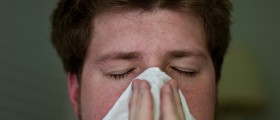
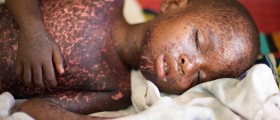
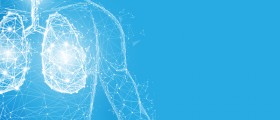
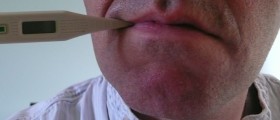
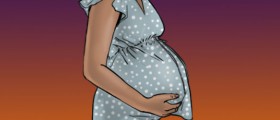

-And-Children-16-Warning-Signs-And-Symptoms_f_280x120.jpg)
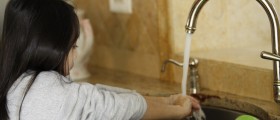
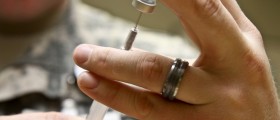
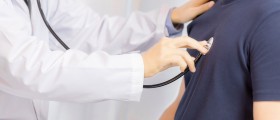

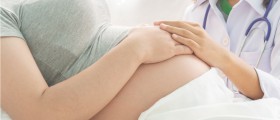

,-Asthma-And-Anxiety_f_280x120.jpg)
Your thoughts on this
Loading...